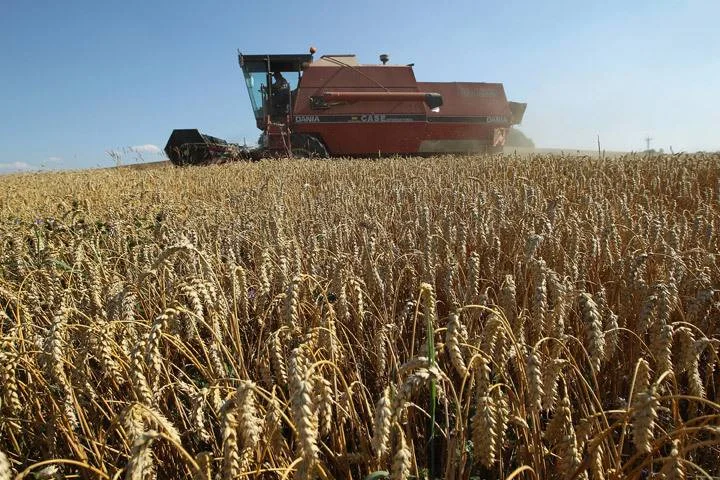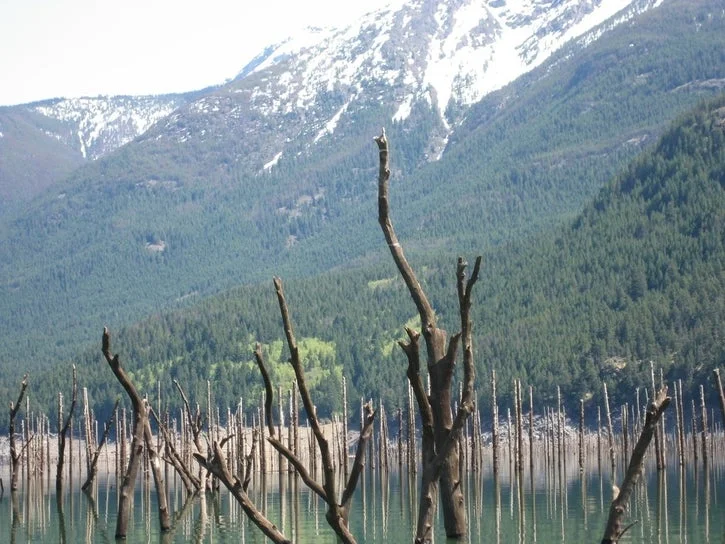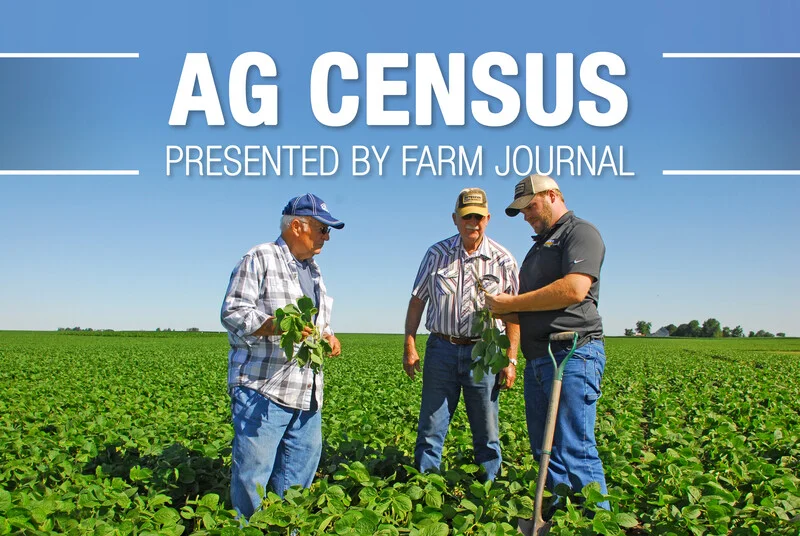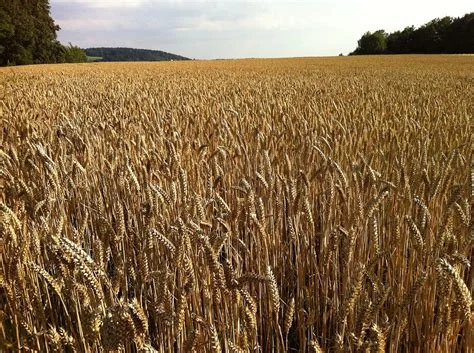Agriculture has always been an industry rooted in innovation and adaptation, and today, technology is transforming how farmers grow our food with unmatched precision and efficiency. From self-driving tractors to real-time field mapping and precision fertilizer application, farmers are using cutting-edge technology to maximize productivity while minimizing environmental impact.
Read MoreWashington State is famous for its stunning landscapes and agricultural diversity, with wheat standing tall as one of its most important crops. First cultivated in the 1820s, wheat quickly became the backbone of eastern Washington’s economy. Today, over 4,000 farms produce millions of bushels of high-quality wheat each year, much of it destined for international markets.
Read MoreDiet. It’s a word that we, as Americans, overuse, misuse, and simply don’t understand.
Read MoreIn Washington state, different parts of the state get different amounts of precipitation. The areas west of the Cascade mountains tend to get up to 50 or 60 inches of rainfall, and the areas east of the mountains usually get less than 18 inches of rainfall each year!
Read MoreThe air is thick with anticipation and exhaustion as finals week reaches its peak. Late-night cramming and the pursuit of academic excellence consume every spare moment, pushing toward the finish line of the semester. With only a handful of tests standing between me and winter break, the promise of rest and return home to the family farm becomes a bright beacon of motivation.
Read MoreNovember is a season of reflection and gratitude. With the last leaves falling to the ground and the air turning crisper, there's a natural inclination to pause, take stock, and give thanks for the blessings that color our lives. In this spirit of appreciation, let's turn our attention to the unsung heroes who fill our refrigerators and pantries — dedicated farmers. As we sit down to our tables, it's a perfect moment to express our heartfelt gratitude for the hands that till the soil, nurturing the food and fiber that nourish us all.
Read MoreWestern Wisconsin will offer a “coffee chat” series hosted by the University of Wisconsin-Madison Division of Extension’s Heart of the Farm-Women in Agriculture initiative. The weekly series starts May 12 and continues consecutive Tuesdays through June 2 from 7-8 p.m.
Read MoreFor the first time in its 50-year history, the Wheat Quality Council (WQC) Hard Winter Wheat Tour has been cancelled this year due to the COVID-19 outbreak. U.S. Wheat Associates (USW) knows that its customers around the world look forward to the snapshot of new hard red winter (HRW) wheat crop yield potential the tour provides.
Read MoreA few years ago, Agricultural Research Service (ARS) scientists in Akron, Colorado began noticing a pattern to their wheat harvests: yields were higher in low-lying areas.
That by itself was no surprise. Soils at low-lying spots in a field capture run-off from higher spots, often have more organic matter and are better at holding water, which is critical in the soils of eastern Colorado, where water is scarce, and crops are strictly rain-fed.
Read MoreTrade, to put it lightly, is a pretty big deal in the Evergreen state.
More than 300 crops are grown here, worth $10.6 billion in 2017. The processed foods sector, in 2016, generated more than $20 billion in revenues, and the value of food and ag products that were exported overseas in 2017 was approximately $6.7 billion.
The current trade environment puts all of that on uncertain ground.
Read MoreFarmers now have a low-cost option for insuring small parcels of land in one county by combining them into a single enterprise unit with land in a neighboring county under their crop insurance.
Read More(Patch.com) DIABLO, WA — If you take a look at U.S. Department of Agriculture drought map of Washington released on Thursday, things look a little backward.
A huge piece of Southeast Washington's high desert from Walla Walla northwest to Ellensburg is whited-out on the map, indicating low drought conditions. But look west to the usually damp forests of Western Washington, things are considerably drier.
Read More(NY Times) Last year, after an economist with the division presented research that contradicted the Trump administration’s views about the president’s signature tax cuts, the Agriculture Department put into effect new rules about submitting work to peer-reviewed journals. Now, Sonny Perdue, the agriculture secretary, is planning to move the roughly 300-person research unit, along with another division, the National Institute of Food and Agriculture, out of Washington and closer to America’s farmers.
Read More(Environmental Leader) Molson Coors Brewing Company is preparing for the possibility of a decline in barley yields in coming years by helping barley growers adopt more sustainable practices. The company is installing weather stations and soil moisture probes across barley farms in Montana, Idaho, Wyoming and Colorado as part of its efforts to help farmers future-proof their businesses and ensure its own future supply of the necessary grain.
Read More(Reuters) CHICAGO, May 31 (Reuters) - U.S. wheat futures fell on Friday on a round of technical selling and worries about trade with Mexico, the top importer of U.S. supplies, traders said. * The benchmark Chicago Board of Trade (CBOT) soft red winter wheat contract turned lower after failing to take out the 3-1/2-month high of $5.21-1/4 it hit on Wednesday. *
Read More(Tampa Bay Times) Port Tampa Bay officials will decide next week whether or not it will grant a permit to North American flour producer Ardent Mills to construct a $62 million flour mill and grain storage terminal at the site, coverage by the Tampa Bay Times said Thursday.
Read More(Drovers) The total number of farms in the United States declined 3% from 2012 to 2017, according to the U.S. Department of Agriculture’s 2017 Census of Agriculture released Thursday, April 11. Since the 1997 Census of Agriculture, the number of farms in the U.S. has declined 7.8%.
Read More(Columbus Business Journal) While Middle West sources corn, wheat, glass and barrels in Ohio, like many makers of beer or liquors, the distillery's barley comes from outside the region, sometimes as far away as the United Kingdom.
Lang's been working on an answer to that sourcing problem for nearly a decade, about as long as he's been building Middle West Spirits.
Read More(Sidney Herald) Wheat markets were mixed with spring wheat regaining some lost ground against the winter wheats. Another bomb cyclone hit the northern plains, dropping deep snow across much of spring wheat country and further delaying fieldwork. Winter wheats moved lower on improving crop conditions for both hard red winter and soft red winter.
Read More(Phys.org) On the basis of prior research, the identity of the Pitted Ware Culture from the Stone Age has been characterized as hard-core sealers, or possibly even related to Inuits of the Baltic Sea. Now, researchers have discovered barley and wheat grains in areas previously inhabited by this culture, leading to the conclusion that the Pitted Ware Culture adopted agriculture on a small scale.
Read More



















